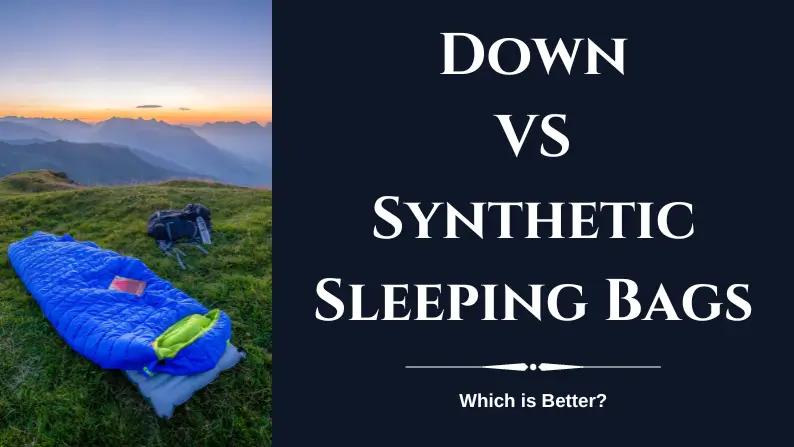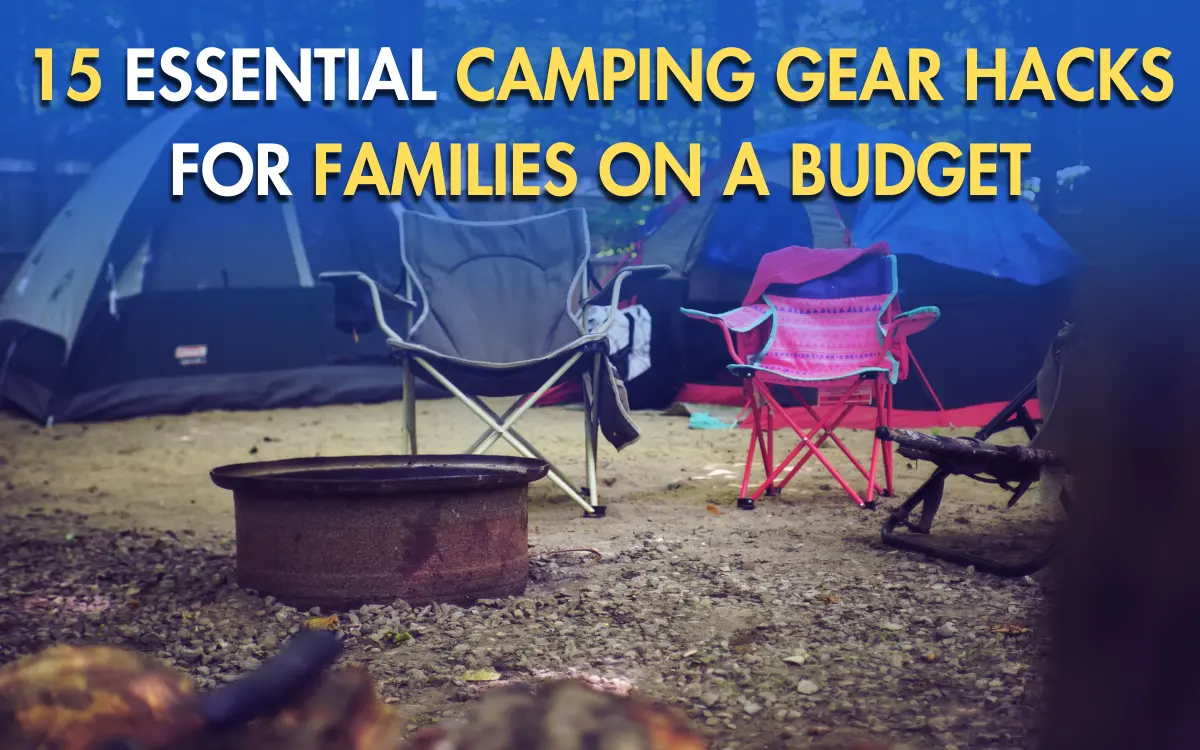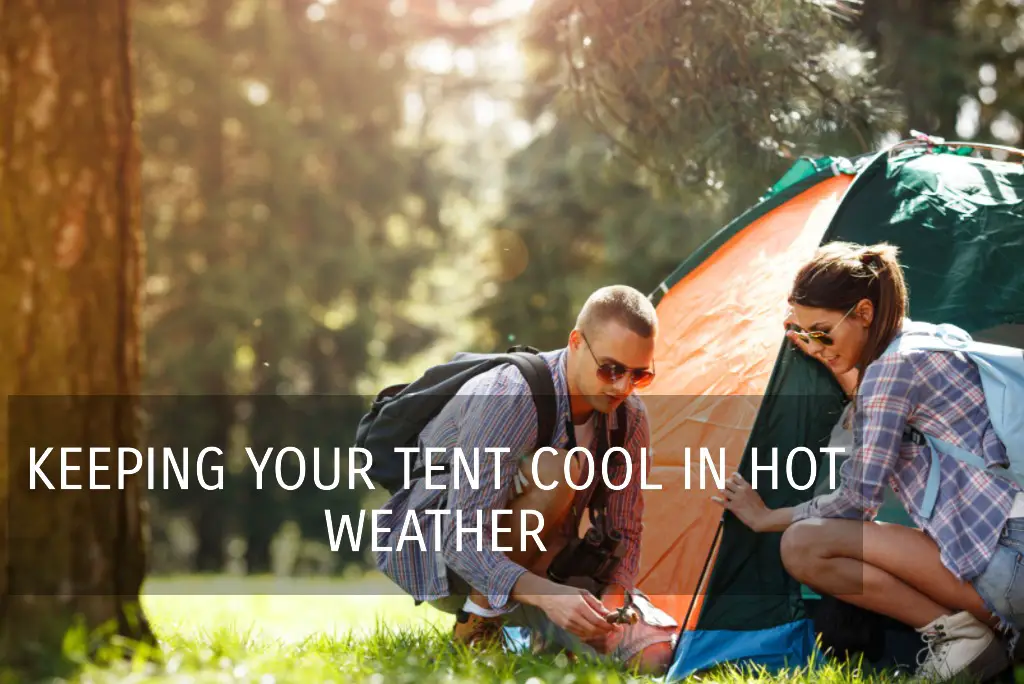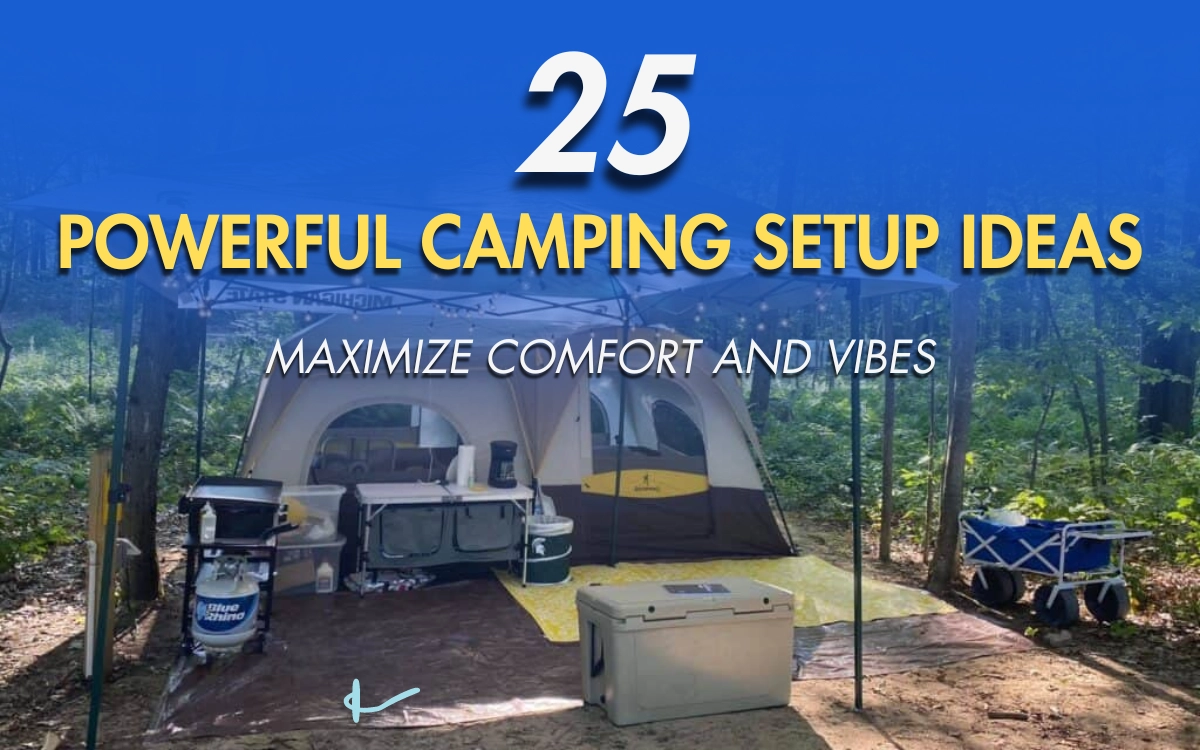Down vs Synthetic Sleeping Bags: Which is Better?

Sleeping bags are essential gear for outdoor enthusiasts, providing comfort and warmth during overnight adventures in the wilderness. The type of insulation used in a sleeping bag can have a profound impact on its performance and suitability for different camping conditions.
Before we dive into the down vs synthetic sleeping bags comparison, let’s quickly discuss why having a good sleeping bag is crucial for your camping experience:
- Comfort: A well-insulated sleeping bag keeps you cozy and comfortable throughout the night, ensuring a restful sleep.
- Warmth: In colder temperatures, a quality sleeping bag helps retain body heat, preventing hypothermia.
- Weight and Packability: Lightweight and compact sleeping bags are easier to carry and fit into your backpack.
- Durability: A durable sleeping bag withstands rough handling and lasts for multiple camping trips.
- Versatility: Depending on the insulation material, some sleeping bags perform better in wet conditions or high-altitude environments.
Now that you understand why having a good sleeping bag matters, let’s explore the differences between down and synthetic options.
Quick Comparison: Down vs Synthetic Sleeping Bags
| Aspect | Down Insulation | Synthetic Insulation |
|---|---|---|
| Warmth-to-Weight Ratio | Superior warmth without much weight | Effective warmth but tends to be bulkier/heavier |
| Compressibility | Highly compressible, ideal for minimizing space | Tends to be bulkier and less compressible |
| Durability | Long-lasting with proper care | More resilient in terms of maintaining insulating power |
| Breathability | Breathable, suitable for cold and dry conditions | Varies, generally less breathable than down |
| Water Resistance | Susceptible to loss of insulating power when wet | Retains insulation properties even when wet |
| Drying Time | Long drying time when wet | Quick drying, suitable for rainy conditions |
| Cleaning Requirements | Requires special care to avoid clumping | More forgiving in cleaning, less prone to clumping |
| Hypoallergenic | Not hypoallergenic | Hypoallergenic, suitable for individuals with allergies |
| Cost | Generally more expensive | Budget-friendly alternative |
| Environmental Impact | Sourced from birds, potential ethical concerns | Cruelty-free alternative, suitable for animal welfare |
Down Insulation
Down insulation is known for its exceptional warmth-to-weight ratio and compressibility.
This natural insulator is prized for its ability to create tiny air pockets that trap body heat, providing optimal thermal efficiency.
Advantages of Down Insulation
- Higher Warmth-to-Weight Ratio: Down insulation offers a superior warmth-to-weight ratio compared to synthetic insulation. This means it provides excellent insulation without adding much weight, making it suitable for cold conditions.
- Very Compressible: Down is known for its ability to compress easily, allowing for compact packing. This makes it an ideal choice for those looking to minimize the space taken up by their sleeping bag or jacket.
- Durability: With proper care, a down sleeping bag or jacket can last for decades. This durability is an appealing feature for those who invest in high-quality outdoor gear.
- Breathability: Down insulation is breathable, allowing for the efficient regulation of body temperature. This makes it a good choice in cold and dry conditions.
- Fill Power Advantage: Premium goose down, in particular, can achieve high fill-power ratings (e.g., 900 fill-power), which means it can trap more heat with less material. This contributes to a lighter product, especially when compared to lower fill-power options.
Disadvantages of Down Insulation
- Loses Insulating Power When Wet: One of the significant drawbacks of down insulation is its tendency to clump up and lose loft when it gets wet. This results in a significant reduction in its insulating properties. Even though proprietary technologies have been developed to treat down with a water-resistant application, prolonged exposure to water, or heavy rain can still compromise its effectiveness.
- Long Drying Time: Down insulation takes a long time to dry once it gets wet. This can be a challenge, especially in outdoor situations where quick drying is essential for maintaining warmth and comfort.
- Special Cleaning Requirements: Cleaning down-filled items requires special care. The delicate nature of down and its vulnerability to clumping means that cleaning must be done with caution to preserve the loft and insulation properties.
- Not Hypoallergenic: Down is not hypoallergenic, though this is rarely an issue for most users. Individuals with allergies may need to consider this factor when choosing insulation for their gear.
- More Expensive Than Synthetics: Down insulation tends to be more expensive than synthetic alternatives. This cost difference can be a deciding factor for individuals with budget constraints.
Synthetic Insulation
Synthetic insulation is an alternative to down insulation that is typically made from polyester fibers designed to mimic the insulating properties of natural materials like down.
It offers several unique characteristics and benefits that make it a popular choice for many outdoor enthusiasts.
Advantages of Synthetic Insulation
- Water Resistance: Synthetic insulation retains its insulating properties even when wet. This makes it a suitable choice for damp or rainy conditions where maintaining warmth is crucial.
- Quick Drying: Synthetic materials dry faster than down, making them ideal for situations where you might encounter rain or moisture.
- Cost-Effective: Synthetic insulation is generally less expensive than down, making it a budget-friendly option for those who want reliable insulation without breaking the bank.
- Hypoallergenic: Synthetic insulation is hypoallergenic, making it a good choice for individuals with allergies or sensitivities to natural materials.
- Durability: While synthetic insulation may be less durable than down in some aspects, it is more resilient when it comes to maintaining its insulating power after repeated compression,such as when stuffing a sleeping bag into a stuff sack.
- Consistent Performance: Synthetic insulation provides consistent performance over time, with less variation in insulation properties compared to down, which may clump and lose loft.
- Animal-Friendly Option: For those who prioritize animal welfare, synthetic insulation offers a cruelty-free alternative to down, which is sourced from birds.
Disadvantages of Synthetic Insulation
- Heavier and Bulkier Than Down Insulation: Synthetic insulation tends to be heavier and bulkier compared to down insulation. This can impact the overall weight and packability of gear, making it less suitable for those who prioritize lightweight and compact equipment.
- Offers Less Warmth for Its Weight Than Down: While synthetic insulation is generally effective, it may provide less warmth for its weight compared to down insulation. This means that a synthetic-filled item may need to be bulkier or heavier to achieve the same level of warmth as a down-filled counterpart.
- Less Durable Than Down: Synthetic insulation is noted to be less durable than down. The insulating power of synthetic fill can get reduced each time the gear is stuffed into a stuff sack, potentially leading to a shorter lifespan compared to down-filled items.
- Insulating Power Gets Reduced When Compressed: Continuous stuffing of synthetic-filled gear into a stuff sack can lead to a reduction in its insulating power. This is a notable drawback, especially for those who frequently need to compress their gear for storage or transport.
Considerations for Choosing Between Down and Synthetic
Considerations for Choosing Between Down and Synthetic
When deciding between down and synthetic sleeping bags, there are a few factors to consider:
- Temperature Ratings: Take into account the lowest expected temperature of your camping adventures and choose a bag that offers adequate insulation for those conditions.
- Size and Shape: Consider the size and shape of the sleeping bag, as it can affect both comfort and insulation efficiency. Mummy-shaped bags provide a snug fit that helps retain heat more effectively.
- Personal Preferences: Weight versus comfort trade-offs should be considered. Down sleeping bags tend to be lighter and more compressible, while synthetic options may offer better durability.
- Environmental Factors: Think about the climate conditions you’ll be camping in. If you frequently camp in wet or humid environments, a synthetic sleeping bag may be the more practical choice.
- Type of Camping: Consider whether you’ll be backpacking or car camping. Backpackers may prefer the lightweight and compressible nature of down sleeping bags, while car campers have more flexibility with weight considerations.
- Budget Constraints: Finally, think about your budget when making the final decision. Synthetic sleeping bags tend to be less expensive than those filled with down.
By considering these factors, you can make an informed decision that aligns with your specific needs, preferences, and camping style.
Conclusion: The Perfect Sleeping Bag Awaits You!
When it comes to choosing between a down and synthetic sleeping bag, the perfect option is out there waiting for you.
When choosing insulation for your outdoor gear, prioritize your comfort and safety by carefully considering both its benefits and drawbacks. Pay attention to the specific conditions you’ll be using the insulation in to make an informed decision that suits your needs.
Here are a few key takeaways to help you make an informed decision:
- Seek insights from others: Explore real-life experiences shared by camping enthusiasts and expert reviews from trusted sources like Sleeping Bag Magazine. These insights can provide valuable information on different models and brands, helping you narrow down your options.
- Invest in quality: Remember that investing in a high-quality sleeping bag is crucial. Whether you’re backpacking, hiking, or camping, a well-designed sleeping bag can significantly enhance your outdoor experience.
Your Thoughts Matter!
Choosing the right sleeping bag is a crucial decision for every outdoor enthusiast. Whether you’re a seasoned camper or just starting, your experiences and insights are invaluable. We want to hear from you!
Your feedback not only enriches our discussion but also helps others on their outdoor adventures. So, what are you waiting for? Dive into the comments, and let’s create a vibrant camping community together! Happy exploring!
Related Articles:
How To Increase The R-Value Of Your Sleeping Pad
Best Sleeping Bags For Desert Camping





